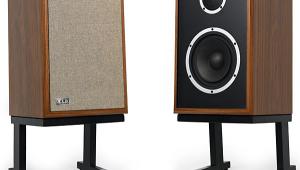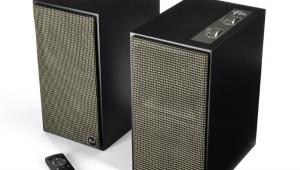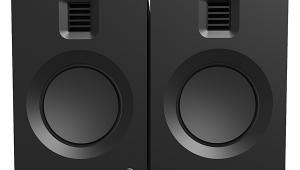Elac Navis ARB-51 Powered Loudspeaker Review
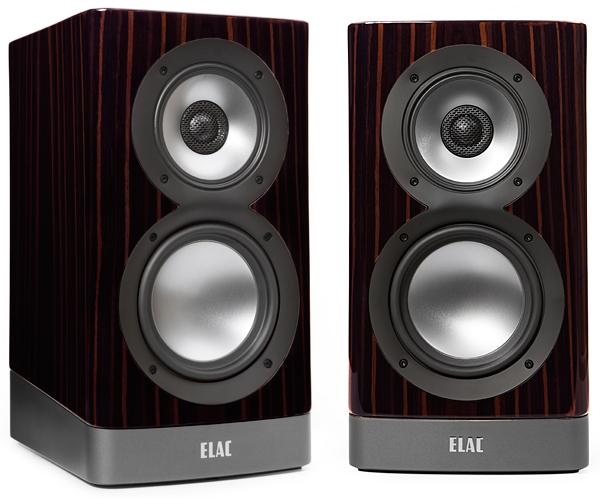
AT A GLANCE
Plus
Top-tier tonal accuracy and dynamic ability
Amazingly compact for performance level
On-board EQ offers flexible placement options
Minus
Relatively tight sweet spot
No on-board streaming, digital inputs, or DSP
THE VERDICT
Elac's powered-speaker is highly compact, yet capable enough to satisfy serious listeners.
Active loudspeakers, or speakers with built-in amplification, have long been box-office poison in the U.S. market. That's because we Americans like our big receivers, choosing them based on power ratings, and then hooking them up to conventional, passive speakers using garden-hose speaker wire. When you add up the market segments that simply won't consider active speakers, including owners of receivers lacking preamp outputs and those who simply cannot get their heads around the whole powered-speaker concept, the issue becomes a non-starter.
That's a shame, because active loudspeakers have such clear advantages that, given the option, no sensible, engineering-minded designer would choose the passive route. At the top of the list is the fact that active speakers obviate the need for the high-power passive crossover networks that route bass to woofers, midrange frequencies to midrange drivers, and highs to tweeters—probably the single most distortion-adding, dynamics- robbing, watts-sucking element in the entire hi-fi chain. Also, a powered speaker can provide amplification tailored to each individual driver, not just in terms of power output, but shaped to extend or correct its response, and— vitally—to best integrate with its fellows above and/or below. (Vitally, because the crossover region between passive drivers is almost always the most problematic, not only when it comes to frequency response smoothness and correct- ness, but in the time domain as well, which impacts transient and spatial characteristics.) The electronic crossovers incorporated into active speakers usually correct or side-step all of these challenges. Basically, an active design can do more with less: less power, less floor-space and cubic volume, and, in the aggregate, less cost. And it can do all that while providing meaningful compensations for room placement, acoustics, and user preference.
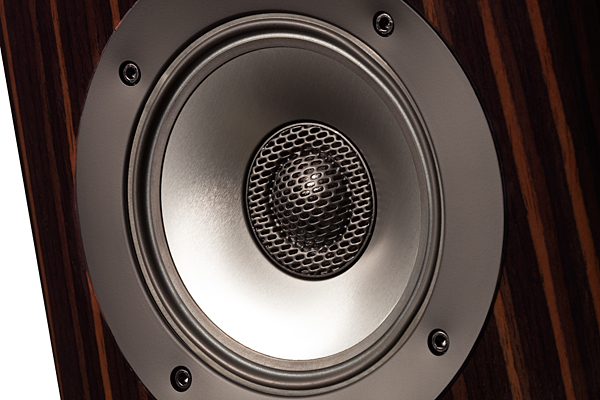
Resistance to active speakers is changing, though, and it is no small irony that the Trojan horse leading the active-speaker onslaught is the humble "smart" speaker. Yes, the Apple HomePod, Amazon Echo, and Google Home are active loudspeakers one and all, leveraging all the powered-speaker advantages (plus in almost every case advanced DSP) to extract high-fidelity—or, at least, high-er fidelity—from their pint-sized hosts. Driven by wireless and networked convenience, consumers are beginning to get the idea, and a new breed of performance- oriented, stereo-capable, wireless and wired active speaker is gaining a beachhead in the living rooms of millennial America.
Will this new glimmer of consumer acceptance trickle up to higher-end customers? Elac seems to think so. The German firm, which a few short years ago reintroduced itself to the U.S. with a handful of highly affordable and universally praised (including in these pages) passive loudspeakers, has unveiled a new line, dubbed Navis, that looks to leverage active-speaker advantages for the audiophile crowd.
Features and Setup
While most new higher- performing powered-speaker options incorporate streaming services, Elac's Navis line, which includes a floor-standing model along with the bookshelf- size ARB-51 before us here, is a pure analog, "B-chain" solution. Each speaker includes onboard amps and line-level inputs, but no digital inputs, DSP, or user controls, not even volume. All of those functions must be handled by a connected conventional preamplifier or new-era network streamer/ music server. But the ARB-51 incorporates a handful of interesting design choices within that simple framework. (Geek-averse readers may opt to skip the next paragraph or two. Or three.)
The reason why Navis is "just" a powered speaker with no digital inputs or DSP is because the line was largely conceived to complement the company's Discovery Series music servers. These include wireless transmitters to pair with the speakers via Elac's AirX2 protocol. Resolution with AirX2 is strictly 16-bit/44.1kHz, so hi-res audio believers will want to go wired, as I of course did for my review.
Despite its compact, true- bookshelf size, the ARB-51 is a full three-way design, with separate aluminum-cone woofer and midrange drivers, and a soft- dome tweeter. The latter two are concentrically mounted in the upper position of the speaker's rear-ported, vented enclosure.
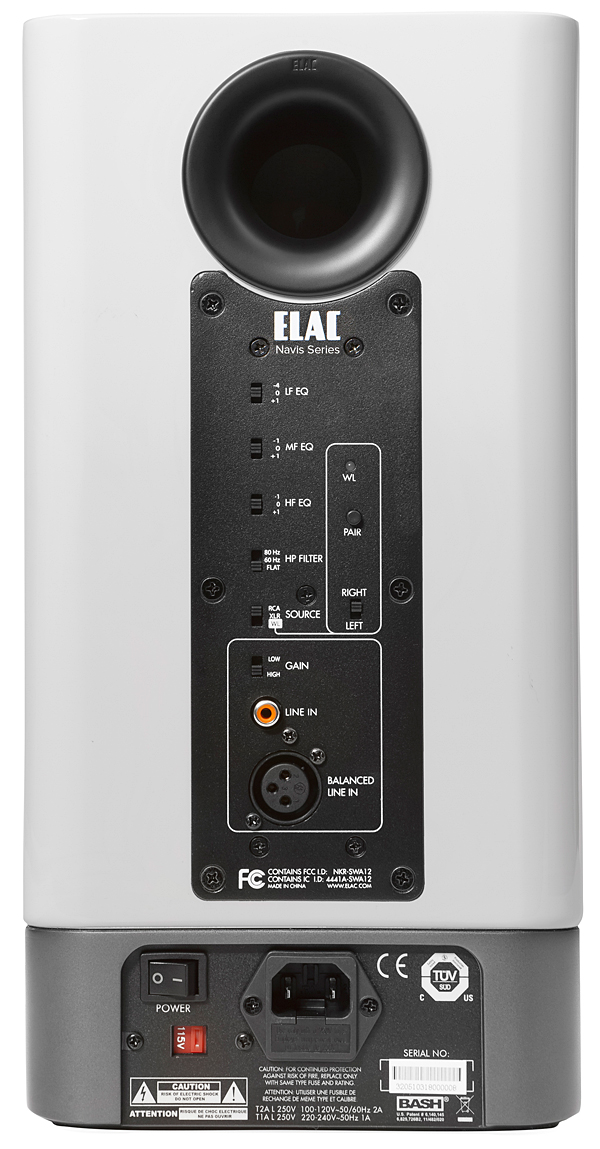
The ARB-51's built-in power amplifiers are also three in number. Both the amp driving the 160-watt woofer and the 100-watt midrange amp employ "BASH" topology, a variant of class-H design that deploys a "smart" power supply that tracks the audio signal and efficiently meters out current to a "normal" linear output section. The 40-watt tweeter amp, meanwhile, is conventional class-AB. (All these power specifications are unqualified in Elac's literature, so whether they are RMS, peak, or "wishful-watts" I cannot say. Given Elac's Teutonic origins, some one or another of the DIN/ IEC 45000 family of standards, which correlates pretty well to more familiar tear-sheet specs in the U.S. market, seems likely. Anyway, however you slice them, 600 watts is a lot of oomph for a pair of literally breadbox-size loudspeakers.)
The back of each ARB-51 presents a socket for an IEC power cord, a power on/off switch, unbalanced RCA and balanced XLR inputs, and no fewer than seven slide switches. Three switches command independent frequency contouring for the drivers (+1/-4 dB for the woofer, ±1 dB for midrange and tweeter), while a fourth selects "flat" (full range) or a 60- or 80-Hz high-pass roll-off when a subwoofer is used. Switch five selects input-source (RCA, XLR, or wireless). The remaining two switches identify the speakers as left or right in a wireless setup and toggle between low and high input gain, respectively.
My review samples were perfectly finished in gloss white enamel (black, and "Gloss Ebony Emara" options are also available) and their construction appeared flawless. I'm a sucker for white speakers (my very first "real" ones were Braun 710s, which dates me badly), and I thought they looked great. The ARB-51's fixed bottom plinth, which presumably holds some or all of the electronics, is finished in a dark matte gray for a striking visual contrast, and rubberized on its underside for no-slip, anti-vibration placement. No grilles are supplied (the inset tweeter incorporates a metal screen).



